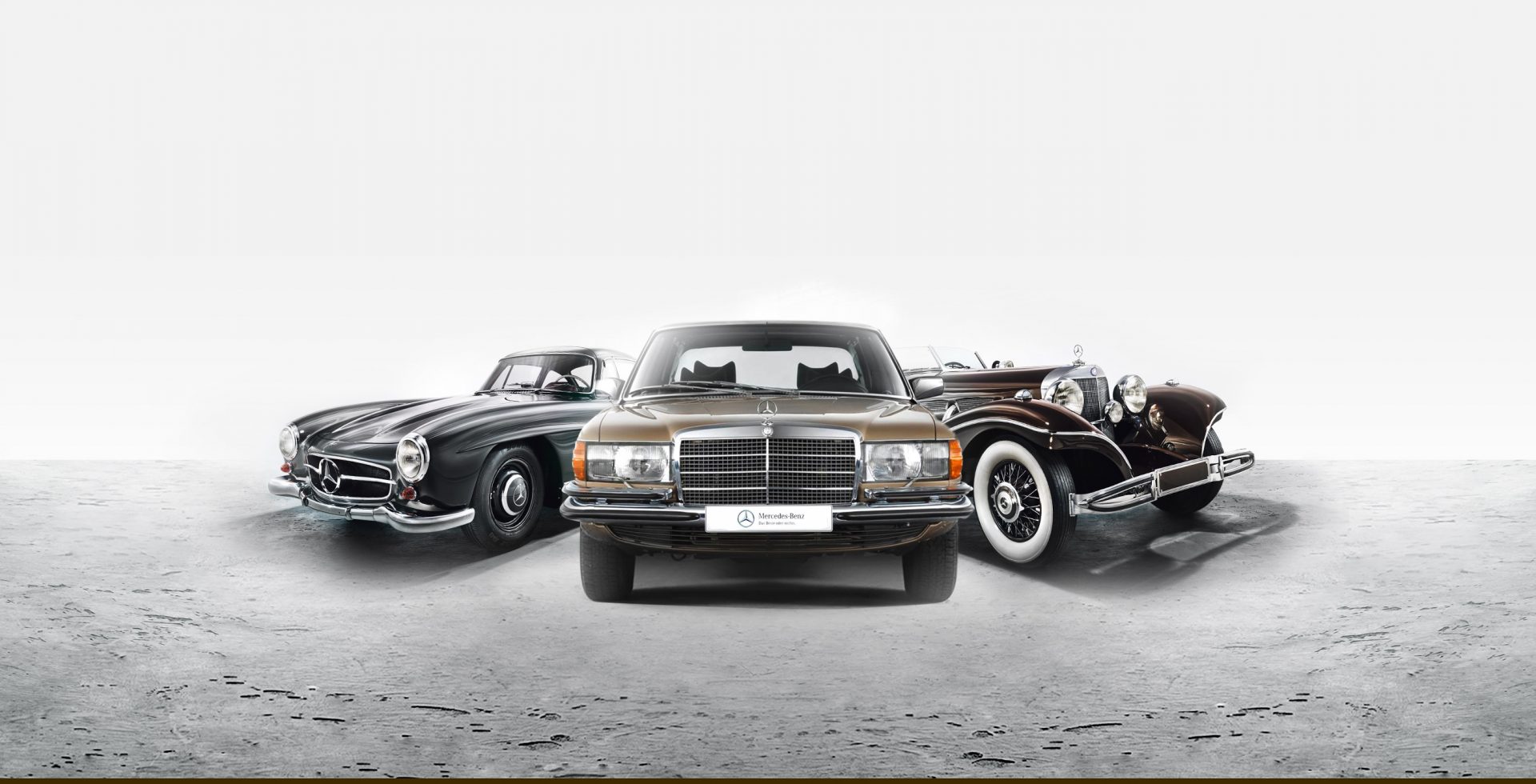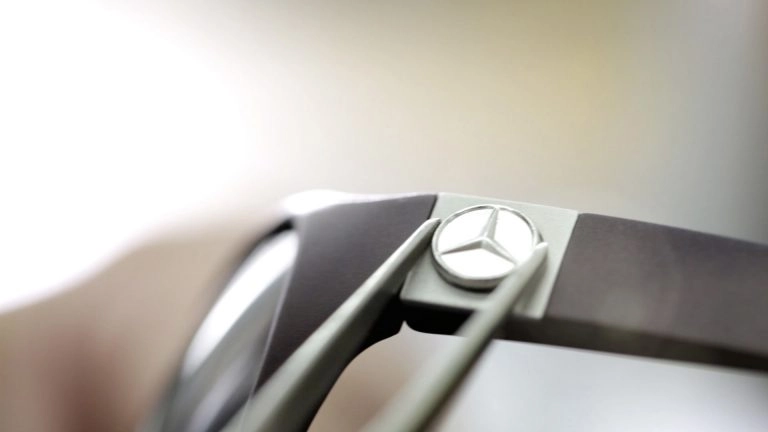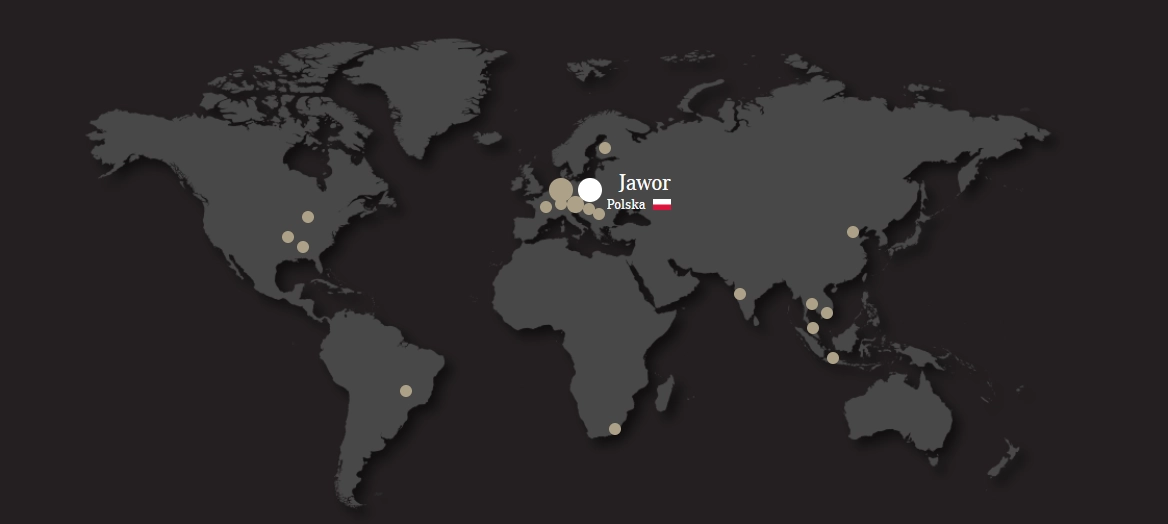On the path of success
The history of motorisation is the history of Mercedes company and brand, and everything began with a combination of talents of a few people. Karl Benz and Gottlieb Daimler, although they started as competitors, had one goal: to develop mechanical engines which could propel vehicles. In December 1883, Karl Benz set up his own company in Mannheim. Seven years later, in November 1890, Daimler-Motoren-Gesellschaft company was established in Cannstatt. A gear wheel surrounded by a laurel wreath became the symbol of their common dream, and over the years evolved into the well known, respected and globally recognisable symbol of a silver, three-armed star.
However, there is much more to the company’s development than just symbols. New technological solutions, which were successively introduced by the company as well as challenges, which it was not afraid to take up, changed the course of the history of motorisation, and thus the history of humanity and the world. When Benz and Daimler met Emil Jellinek, an Austrian who was cooperating at the time with another pioneer Wilhelm Maybach, it allowed for the construction of the first Mercedes, made according to Jellinek’s specification and named after his daughter. Their automobiles rapidly won over the hearts and minds of people and began to change the world we live in forever. On 28 June 1926, Benz and Daimler companies merged, and since then all cars produced by the company bear the name Mercedes.
Thus began the longest cooperation in the history of motorisation. The relationship lasted until 1998, when the corporation decided to buy out majority shares in the US Chrysler company. The merger was beneficial to both sides. For Daimler-Benz it was a gateway to the US market, and Chrysler benefited from technological solutions which Mercedes was famous for. DaimlerChrysler survived until 14 May 2007.



